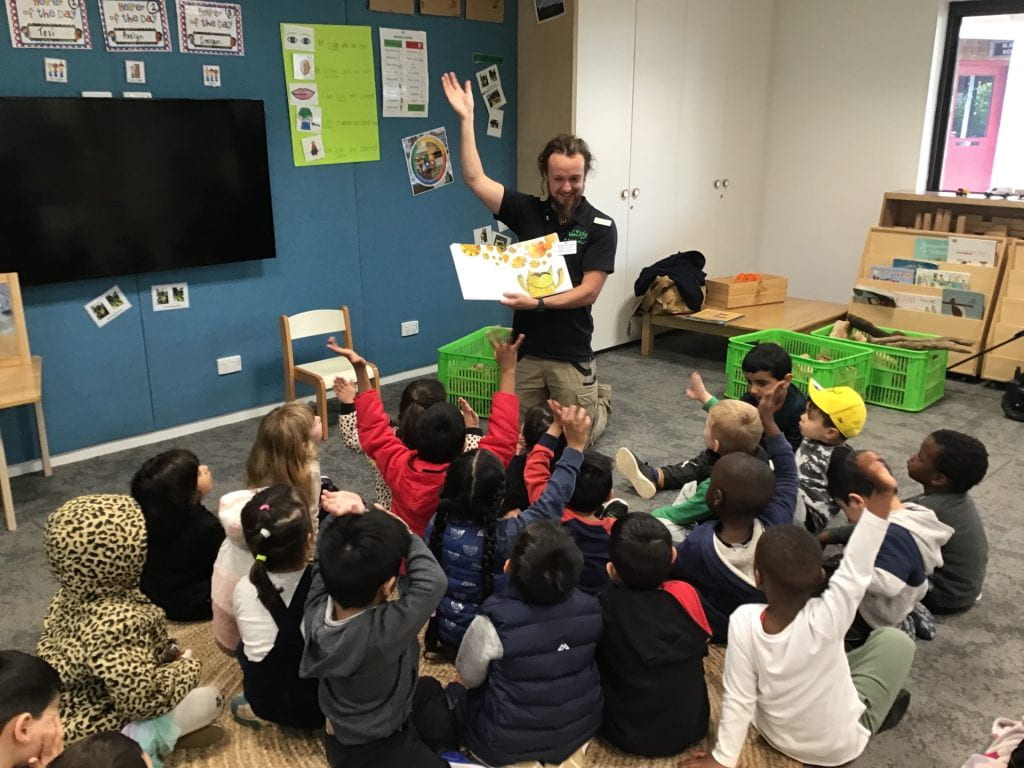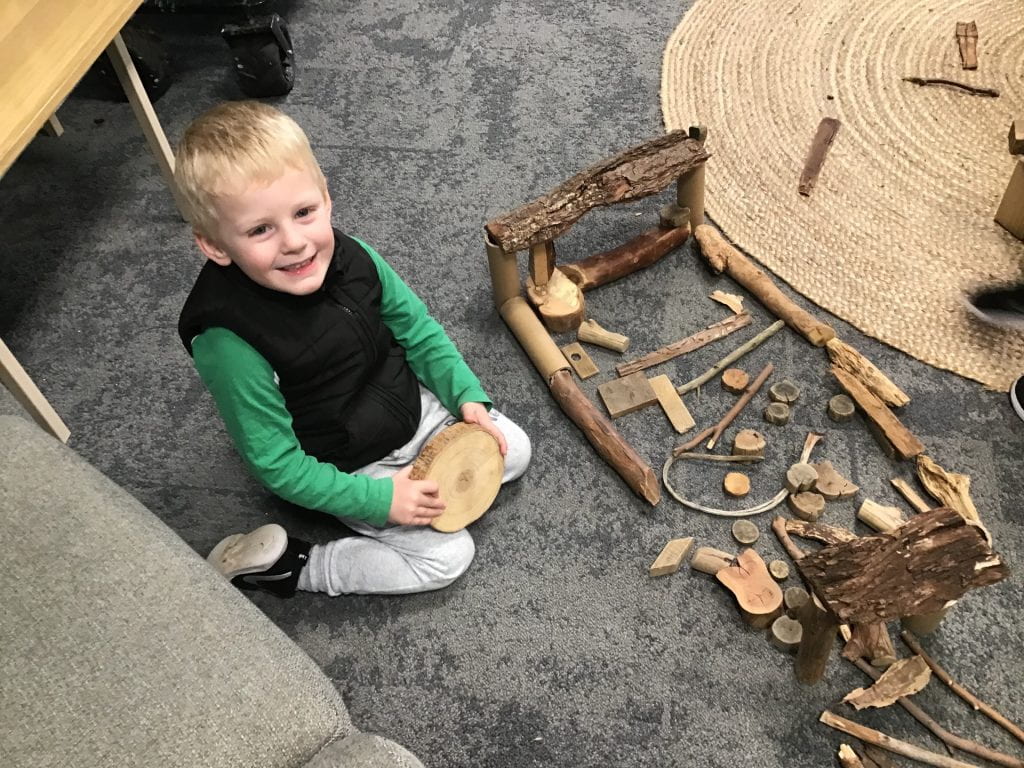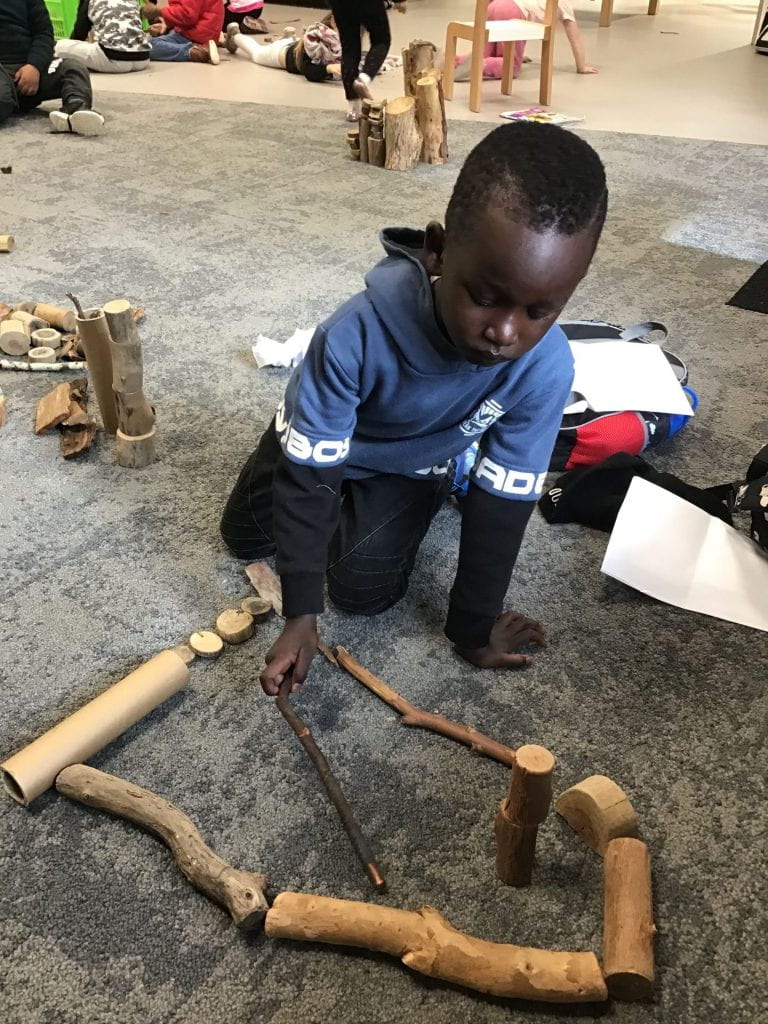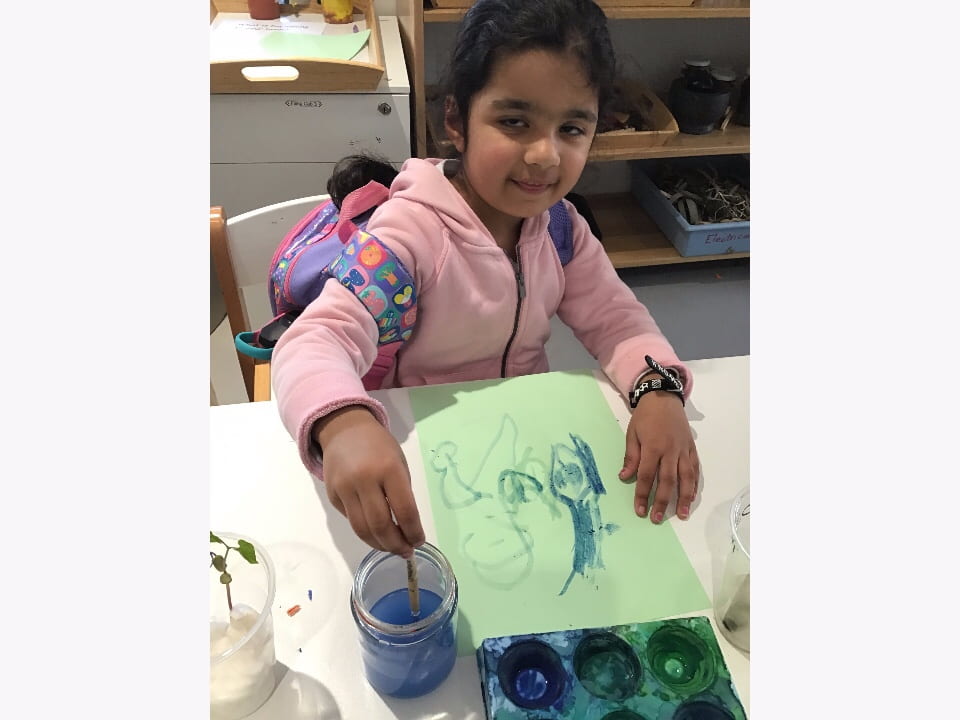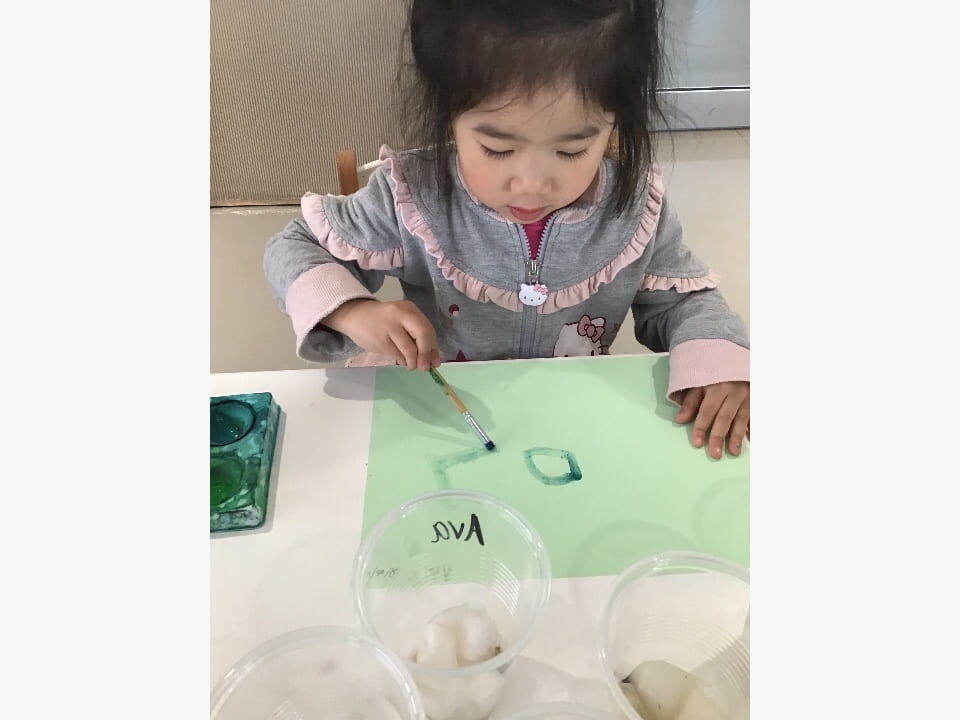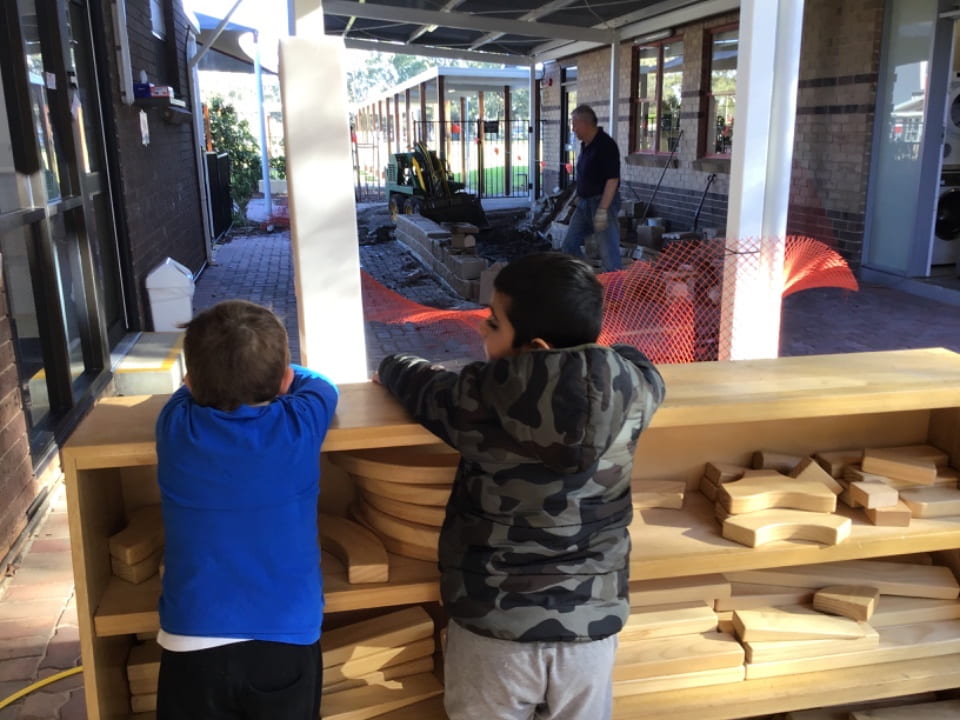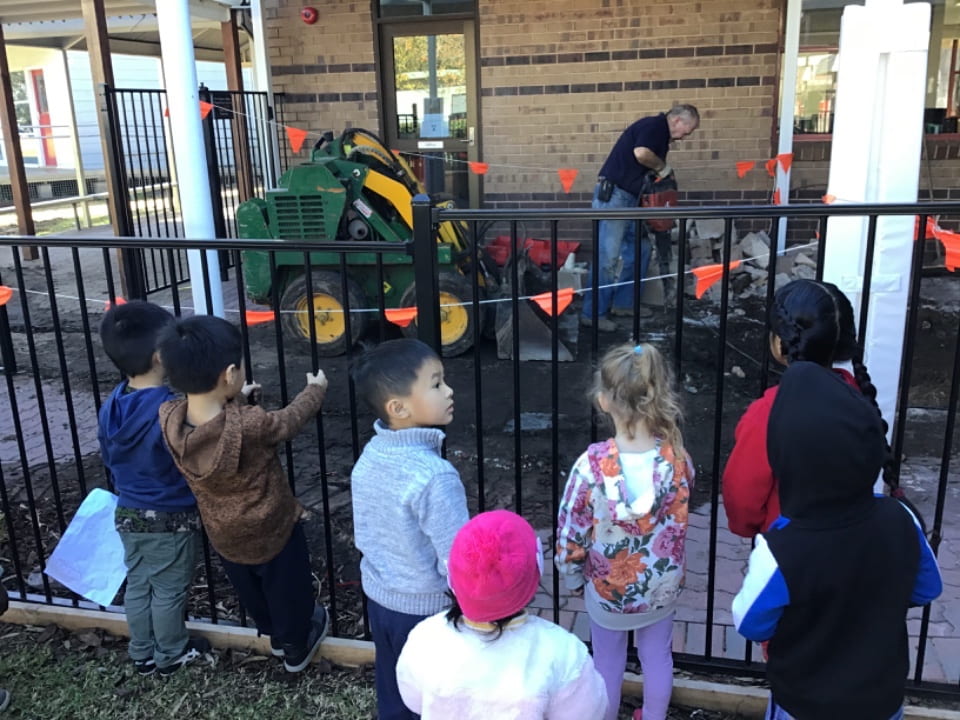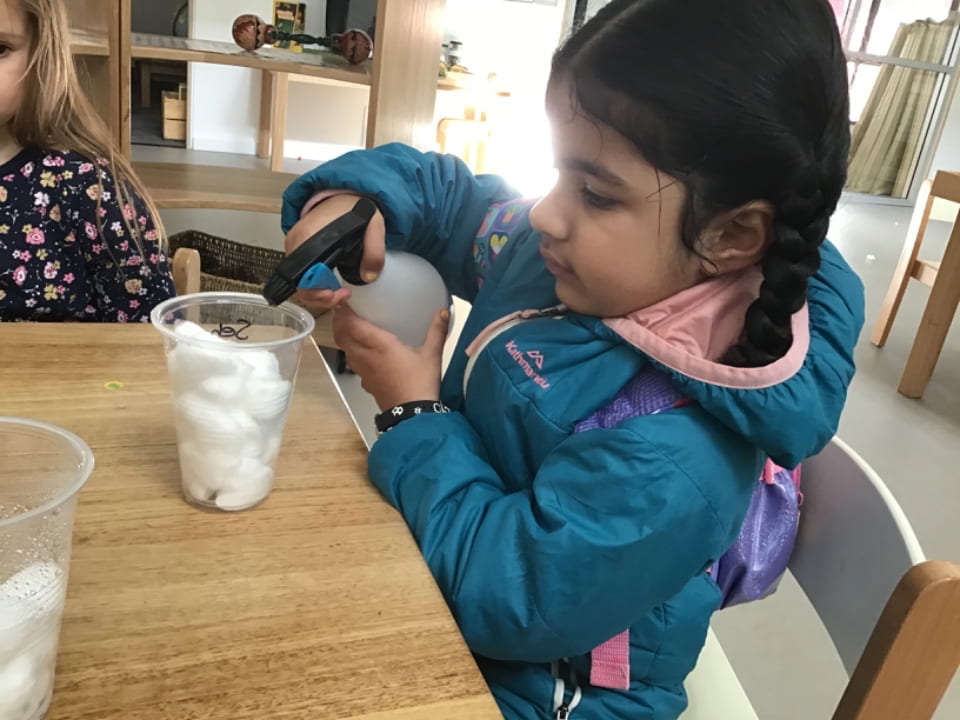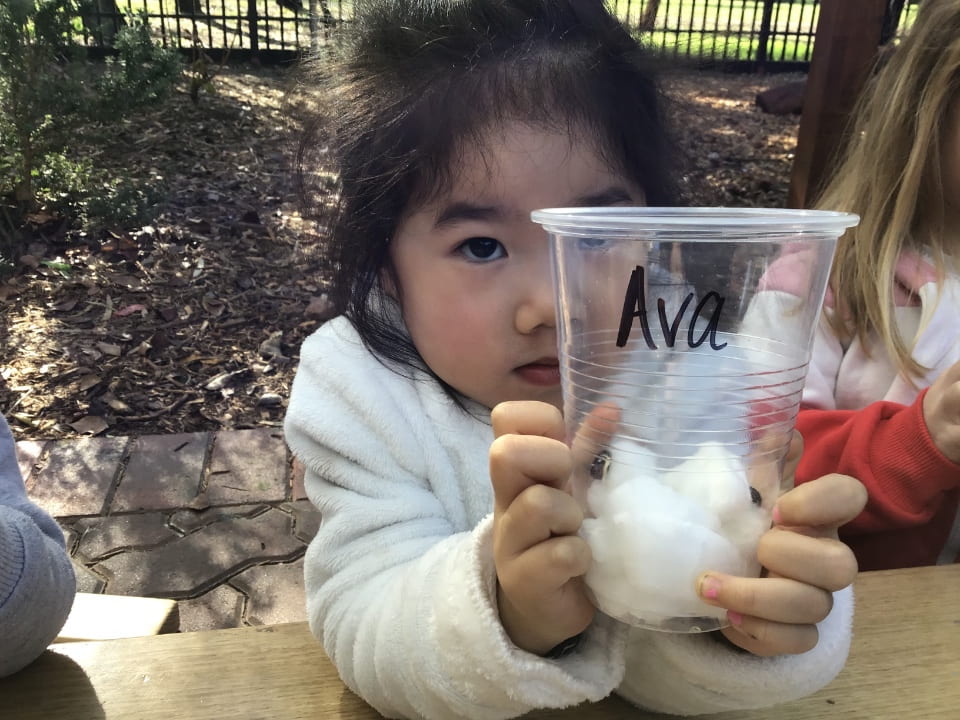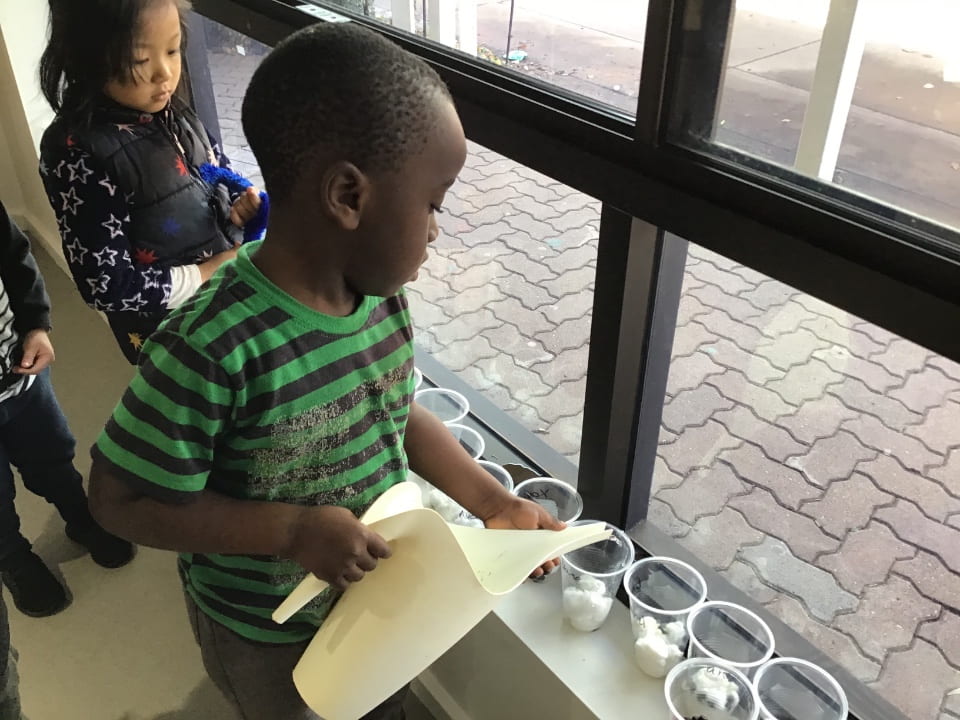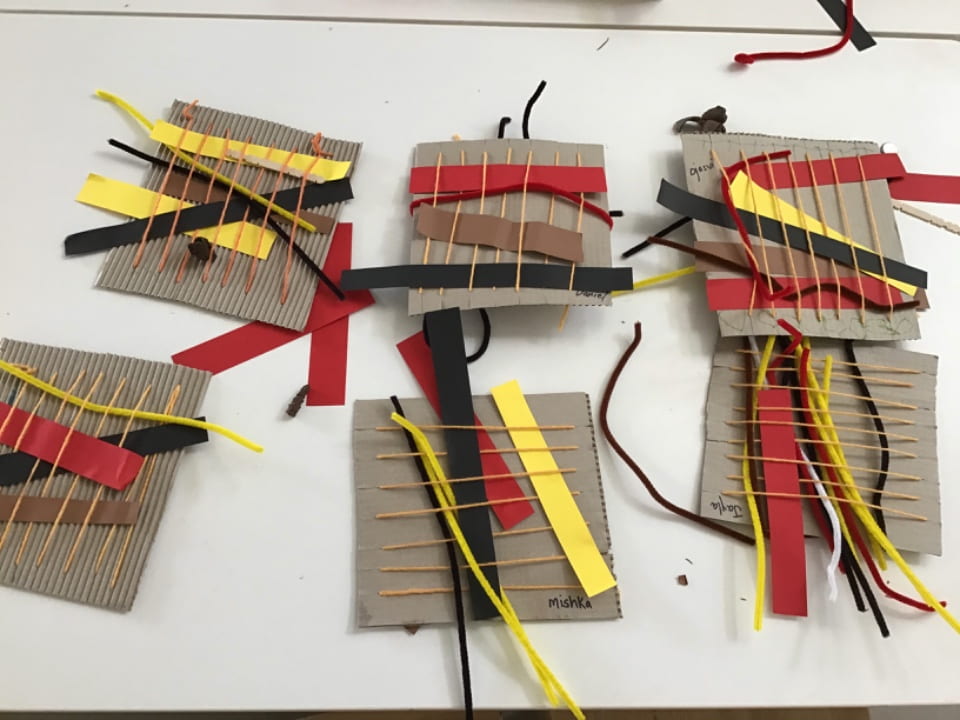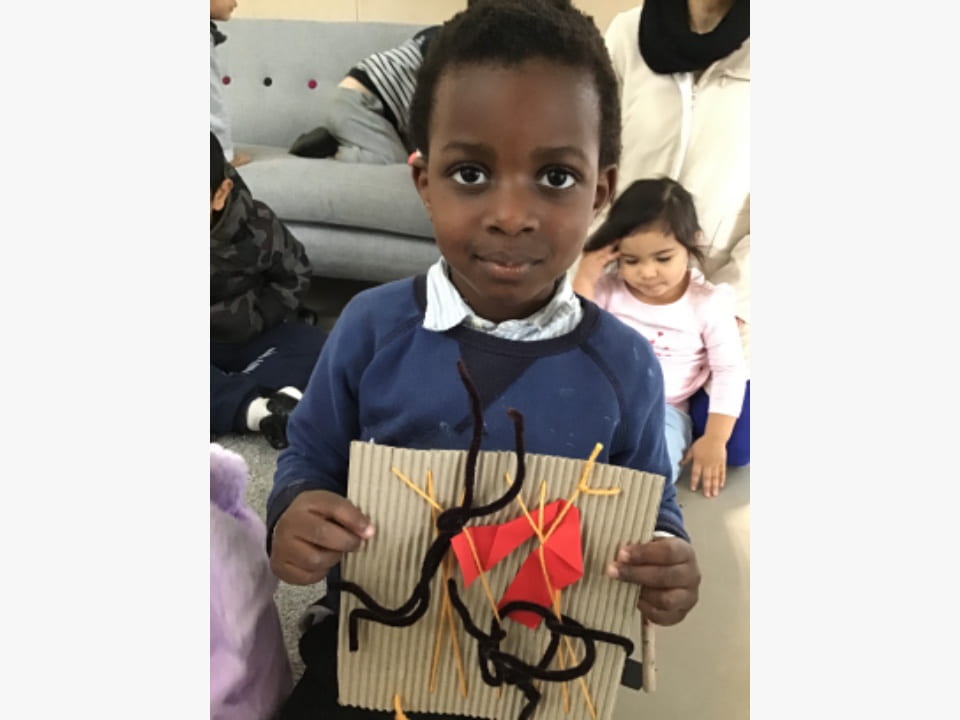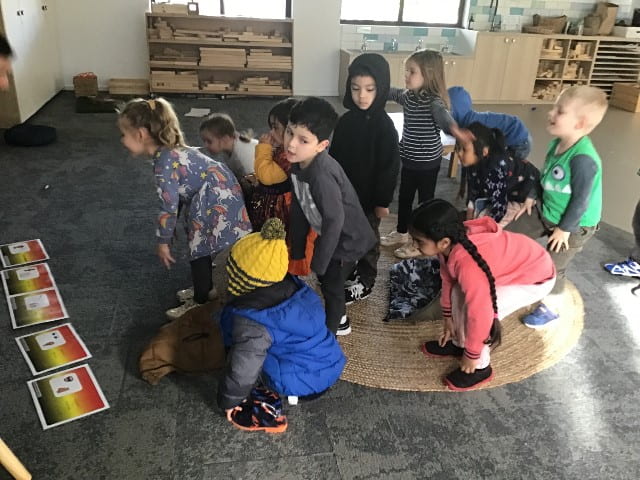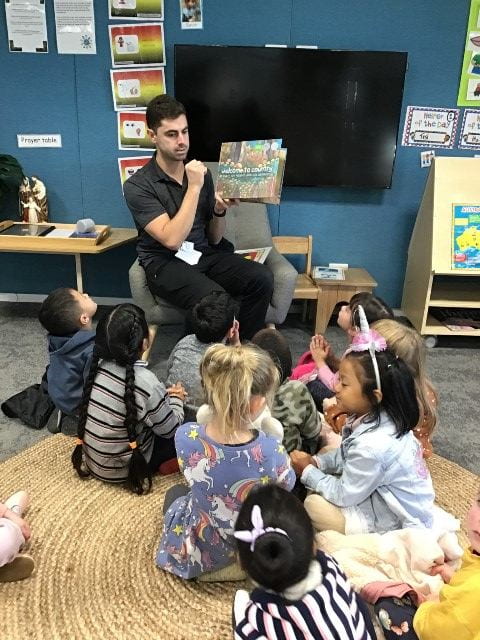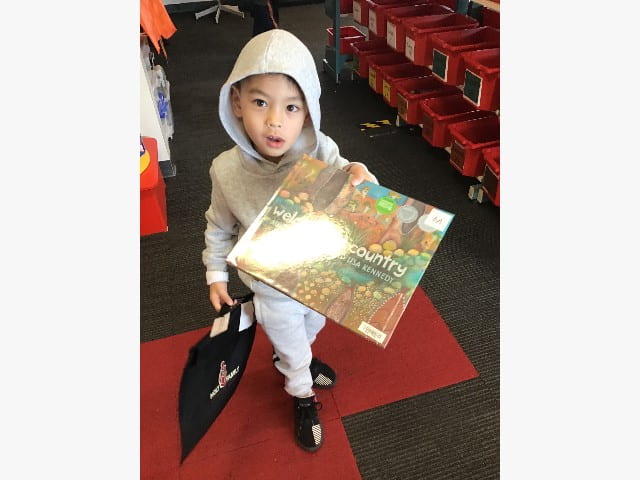This week, the children participated in their final Nature Play incursion with Cameron. The session opened with a story called ‘The Colour Monsters’ which showed how certain feelings and emotions can be represented through colour. The children then had the opportunity to select their very own natural material/item to create their own colour friend based up the concepts explored in the story.
Ojasvi – “Green is calm, relaxing.”
Imogen – “I’m making a black scared. But yellow means happy.”
Frankie – “I’m making it bedtime.” (chose green and black which represented night time in the story)
Blaise – “His name is called Hoodia because he is the best.”
Mishka – “I made a chocolate.” (using brown crayon to colour her friend)
The children were then given the provocation to create homes for their new colour friends using the natural materials. Here are some of their wonderful ideas…
Daniel – “Mine is a wolf and a fire – the Little Pigs”
Kabir – “Mine is a bigger and bigger house, and it works.”
Andreas – “I am building a stick fort. A house.”
Avelyn – ““My idea is to put rocks on the side of the house and a bedroom with a table. There is bricks there which the wolf can’t blow down.”
Joel – “I’m making a factory house. I have a hammer, hammer, hammer. I got a screw driver and (picked up semi circle piece) it’s a window.
The children have thoroughly enjoyed participating in the series of Nature Play incursions. These incursions have promoted a growing appreciation and care for natural and constructed environments. Therefore making valuable contributions to our learning inquiry for term 2.

